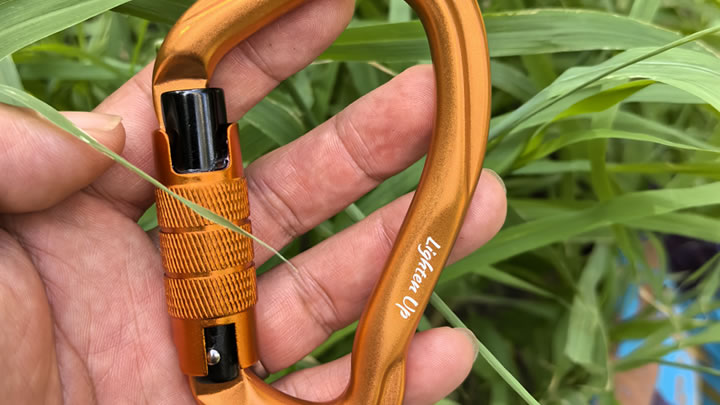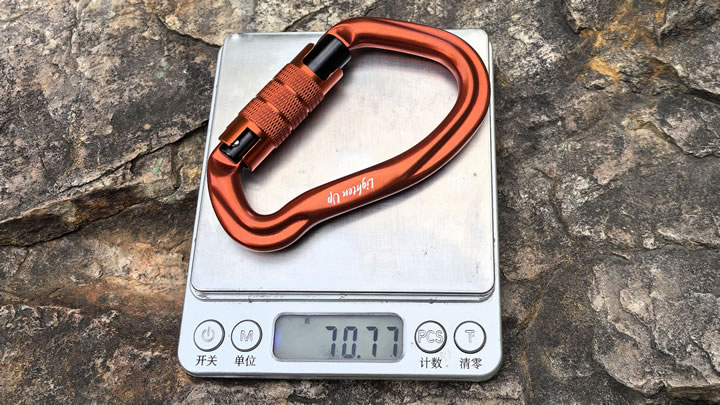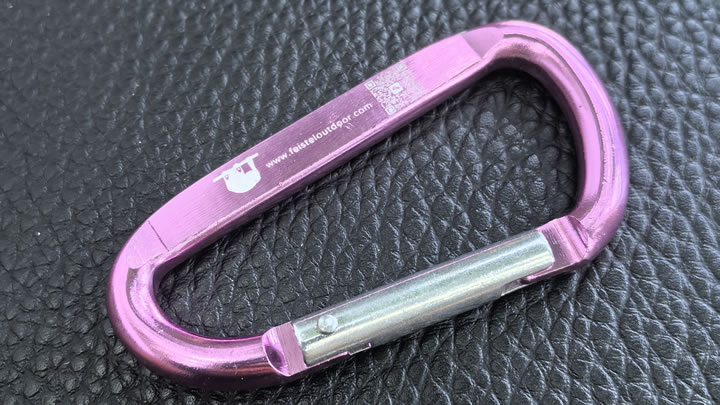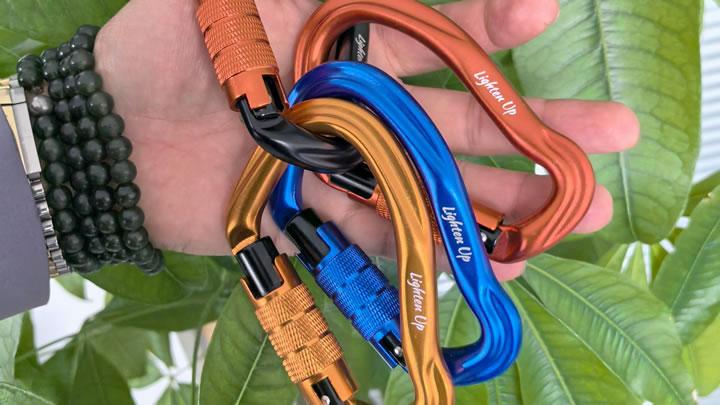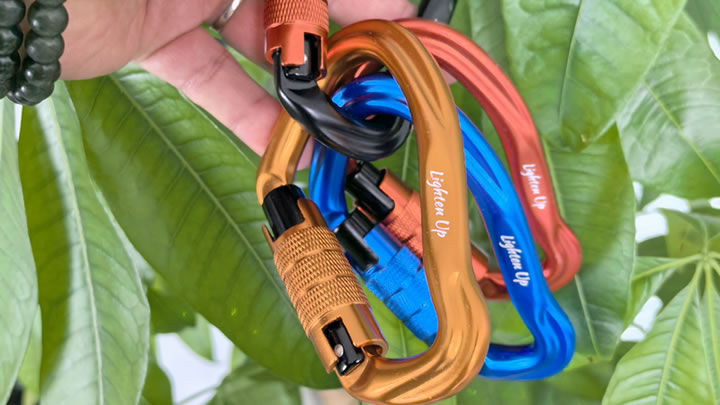Trekking poles vs. hiking staff – which is better?
Trekking Poles vs. Hiking Staff – Which Is Better? The Ultimate Gear Showdown
The age-old debate between modern trekking poles and traditional hiking staffs continues to divide outdoor enthusiasts. As an equipment specialist with over a decade of trail testing experience, I've analyzed the biomechanics, performance data, and real-world usability of both systems to help you make the perfect choice for your hiking style.
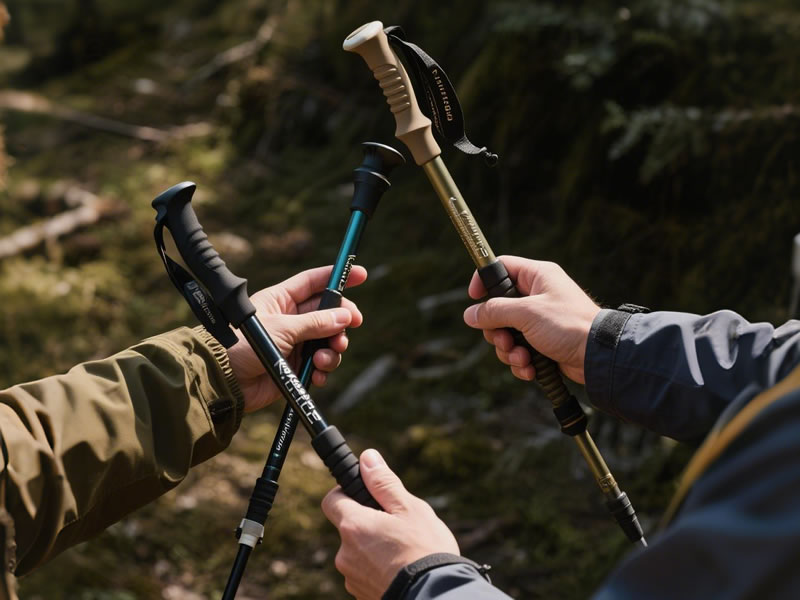
The Fundamental Differences
Trekking Poles (Modern Performance)
- Design: Lightweight adjustable pairs (typically 8-16oz each)
- Materials: Aluminum or carbon fiber construction
- Features: Shock absorption, ergonomic grips, interchangeable tips
- Usage: Bilateral support system
Hiking Staffs (Traditional Approach)
- Design: Single fixed-length pole (often 1-2lbs)
- Materials: Typically wood (ash, oak) or basic aluminum
- Features: Simple grip, sometimes decorative
- Usage: Single-point support
Performance Comparison
Stability & Balance
• Trekking poles: 40% better weight distribution (Journal of Wilderness Medicine)
• Staffs: 30% more upper body fatigue on uneven terrain
• Winner: Poles for technical terrain, staffs for well-maintained trails
Joint Protection
• Poles: Reduce knee impact by 25-30% on descents
• Staffs: Minimal joint protection (single-sided use)
• Winner: Clear advantage to poles
Energy Efficiency
• Poles: 23% lower oxygen consumption on ascents
• Staffs: No measurable cardio benefit
• Winner: Poles for endurance hiking
Use Case Scenarios
When Poles Excel
✔ Steep or technical terrain
✔ Long-distance backpacking
✔ Hikers with joint concerns
✔ Winter/snow conditions
✔ Fast-paced hiking
When Staffs Shine
✔ Casual nature walks
✔ Traditional hiking experience
✔ Photography-focused outings
✔ Cultural/heritage trails
✔ Minimalist day hikes
Cost & Maintenance
Trekking Poles
- Price: 50-50−200 for quality pairs
- Maintenance: Regular tip replacement, lock lubrication
- Lifespan: 5-10 years with proper care
Hiking Staffs
- Price: 30-30−150 for artisanal models
- Maintenance: Occasional sanding, wood treatment
- Lifespan: Decades (wood), 3-5 years (basic metal)
Expert Recommendations
From Physical Therapists
"Patients with knee issues should always use trekking poles - the bilateral support is clinically proven to reduce joint stress." - Dr. Sarah Chen, Sports Medicine
From Thru-Hikers
"I carried a staff on my first AT attempt and failed. Switched to poles for my successful thru-hike - the difference was night and day." - Mark R., Appalachian Trail alum
From Traditionalists
"There's wisdom in the old ways. My grandfather's staff connects me to the land in ways modern gear never could." - Elijah T., Wilderness Guide
Hybrid Options
For those wanting both worlds:
• Convertible systems: Single staff that becomes a pole
• Traditional-look poles: Wood-grain aluminum designs
• Third-pole approach: Staff + one trekking pole
The Verdict
Choose Trekking Poles If You:
- Prioritize performance and safety
- Hike challenging or varied terrain
- Need joint protection
- Carry heavy loads
- Want measurable physiological benefits
Choose a Hiking Staff If You:
- Prefer simplicity and tradition
- Mostly walk gentle, established trails
- Value aesthetics over function
- Enjoy the ceremonial aspect
- Hike shorter distances
For 90% of modern hikers, trekking poles offer superior functionality. But for certain situations and personal preferences, a well-made staff can still be the right choice. Consider renting both options before making your final decision.
#HikingGear #TrailEssentials #TrekkingPoles #OutdoorTradition

